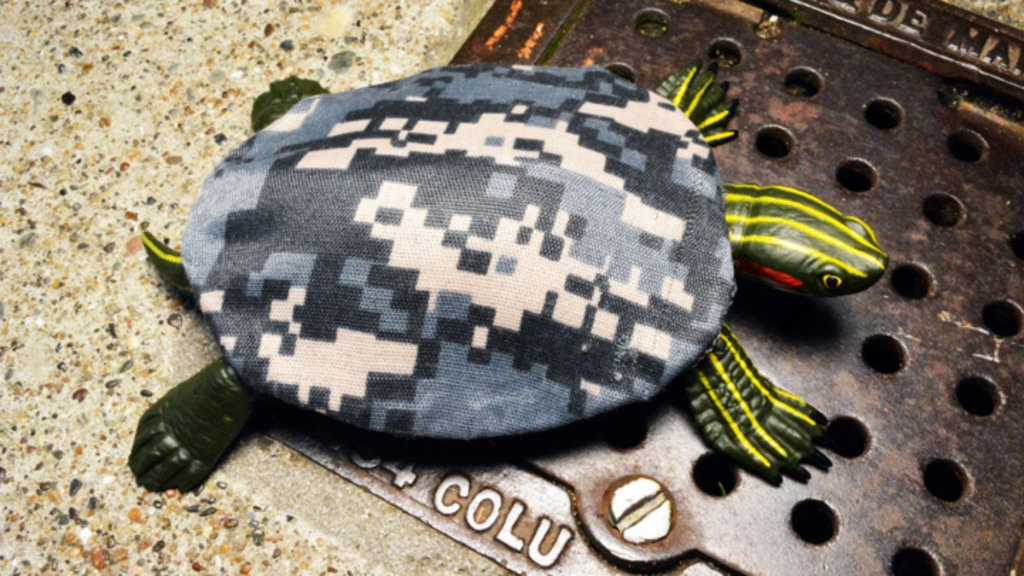Reversing man-made eco harm


During one of Walter Isaacson’s interviews with Steve Jobs, the apple co-founder said, “I think the biggest innovations of the 21st century will be at the intersection of biology and technology. A new era is beginning.”
Well he was right. Engineers have been borrowing nature’s designs to create products, processes and policies that are well-adapted to life on earth. This is known as biomimicry. As the Biomimicry Institute defines it, it is an approach to innovation that seeks sustainable solutions to human challenges by emulating nature’s patterns and strategies.
For example, body armors have been designed based on the beetle shells and engineers have applied the aerodynamics of kingfisher beaks to make the Shinkansen Bullet Trains in Japan less noisy.
Read more: Amazon biodiversity could fuel the fourth industrial revolution.
Now, artist and experimental philosopher Joanthon Keats seeks to return the favor by creating the Reciprocal Biomimicry Initiative. His idea consists in providing nature the benefits of human technology and addressing our relationship with the natural world in a humorous way.
This is the world’s first program dedicated to systematically adapting human technologies to benefit other organisms and eight of its plans and models will be showcased in Bucknell University’s Samek art museum form March 7- June 4, 2017.
One pilot project proposes to provide migratory birds with GPS. Then autonomous gliders would fly along with the flock and guide them on alternate migration routes and redirect them to better nesting sites as climate change alters their customary habitats. The drones would be connected to a global climate-sensing network and communicate with the birds by altering their internal compasses with powerful electromagnets.

Another pilot project seeks to provide forests with wind farms. This could provide trees with an alternative energy source in case solar-powered photosynthesis is diminished by air pollution or cloudiness. Or fiber optics for corals so that it can facilitate photosynthesis under turbid or polluted oceans.

Also he proposer urban camouflage for reptiles so that they can elude detection in cities as urbanization overtakes their natural habitats.

Another project consists in Aqua Lungs for sea snails. This life support system allows sea snails to migrate to land when ocean acidification imperils their shells. A second version of the mechanism allows them to migrate to the ocean in case of extreme acid rain.

He also proposes sex toys for flowers. Micro-vibrators provide titillation for flowers that have to be artificially pollinated as honeybee populations are declining. These botanical sex toys can be battery or solar powered.

Despite his work, Keats holds out the possibility of reciprocal biomimicry may be unnecessary.
He told the press team from the Samek Museum, “technological advancement is one way of overriding previous technological excesses,” he says. “We’re quite good at it, and reciprocal biomimicry can certainly share our bounty with other creatures. An alternative would be to ask how these species avoid the evolutionary end-game of self-perpetuating technological acceleration. That’s a form of biomimicry that might benefit all organisms.”
LatinAmerican Post





